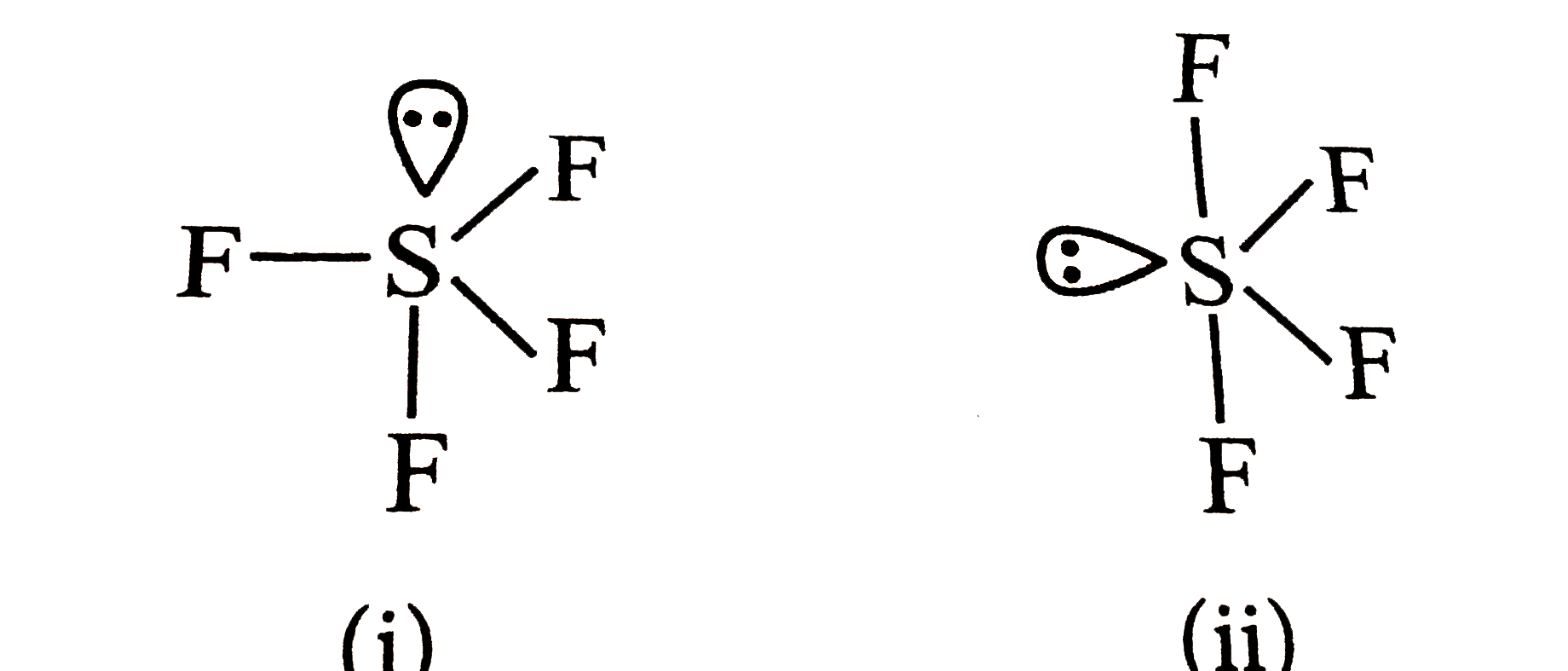Explain why both BeCO3 and BeSO4 are unstable to heat, while BaCO3 and BaSO4 are stable.
To explain why both BeCO₃ (beryllium carbonate) and BeSO₄ (beryllium sulfate) are unstable to heat, while BaCO₃ (barium carbonate) and BaSO₄ (barium sulfate) are stable, we can follow these steps:
Step 1: Understand Thermal Stability
Thermal stability refers to the ability of a compound to withstand heat without decomposing. In the context of carbonates and sulfates, thermal stability is influenced by the size of the cation present in the compound.
Step 2: Compare Cation Sizes
Beryllium (Be) and barium (Ba) are both alkaline earth metals, but they differ significantly in size. Beryllium has a smaller ionic radius compared to barium. As we move down the group in the periodic table, the size of the cations increases due to the addition of electron shells.
Step 3: Relate Cation Size to Stability
The thermal stability of carbonates and sulfates is directly proportional to the size of the cation. Larger cations tend to stabilize the anions (CO₃²⁻ and SO₄²⁻) better due to their ability to distribute charge over a larger volume. Therefore, barium ions (Ba²⁺) being larger than beryllium ions (Be²⁺) lead to greater thermal stability in barium compounds.
Step 4: Conclusion
Since barium carbonate (BaCO₃) and barium sulfate (BaSO₄) have larger cations compared to beryllium carbonate (BeCO₃) and beryllium sulfate (BeSO₄), they are more thermally stable. Conversely, the smaller size of beryllium cations leads to the instability of beryllium carbonate and beryllium sulfate when heated.
Final Answer
Thus, BeCO₃ and BeSO₄ are unstable to heat, while BaCO₃ and BaSO₄ are stable due to the larger size of the barium cation, which provides greater thermal stability to the compounds.
---
Thermal stability refers to the ability of a compound to withstand heat without decomposing. In the context of carbonates and sulfates, thermal stability is influenced by the size of the cation present in the compound.
Beryllium (Be) and barium (Ba) are both alkaline earth metals, but they differ significantly in size. Beryllium has a smaller ionic radius compared to barium. As we move down the group in the periodic table, the size of the cations increases due to the addition of electron shells.
The thermal stability of carbonates and sulfates is directly proportional to the size of the cation. Larger cations tend to stabilize the anions (CO₃²⁻ and SO₄²⁻) better due to their ability to distribute charge over a larger volume. Therefore, barium ions (Ba²⁺) being larger than beryllium ions (Be²⁺) lead to greater thermal stability in barium compounds.
Since barium carbonate (BaCO₃) and barium sulfate (BaSO₄) have larger cations compared to beryllium carbonate (BeCO₃) and beryllium sulfate (BeSO₄), they are more thermally stable. Conversely, the smaller size of beryllium cations leads to the instability of beryllium carbonate and beryllium sulfate when heated.
Thus, BeCO₃ and BeSO₄ are unstable to heat, while BaCO₃ and BaSO₄ are stable due to the larger size of the barium cation, which provides greater thermal stability to the compounds.
Topper's Solved these Questions
- THE S-BLOCK ELEMENTSBOOK - AAKASH INSTITUTE ENGLISHCHAPTER - THE S-BLOCK ELEMENTSEXERCISE - Assignment (Section-J)
10 Videos
- THE S-BLOCK ELEMENTSBOOK - AAKASH INSTITUTE ENGLISHCHAPTER - THE S-BLOCK ELEMENTSEXERCISE - Assignment (Section-H)
4 Videos
- THE P-BLOCK ELEMENTSBOOK - AAKASH INSTITUTE ENGLISHCHAPTER - THE P-BLOCK ELEMENTSEXERCISE - Assignment Section-J)
16 Videos
- THE SOLID STATE BOOK - AAKASH INSTITUTE ENGLISHCHAPTER - THE SOLID STATE EXERCISE - Assignment (SECTION - D) (ASSERTION-REASON TYPE QUESTION)
20 Videos
Similar Questions
Why are BeSO4 and MgSO4 readily soluble in water while CaSO4,SrSO4 and BaSO4 are insoluble?
View SolutionExplain why (CH3)3+Cis more stable than CH3+CH2 and CH3 is the least stable cation
View SolutionWhy is FeI3 not stable ?
View SolutionWhy is FeI3 not stable ?
View SolutionExplain why :
Both BF3andNH3 are the molecules of the type AB3 but their dipole moments are not equal.
View Solution(a) Explain why BF3 exists whereas BH3 does not.
(b) Compare the B-F bond length in BF3 and BF−4
View Solution(a) Explain why BF3 exists whereas BH3 does not.
(b) Compare the B-F bond length in BF3 and BF−4
View SolutionExplain the
(CH3)3C− is less stable than ¯¯¯CH3.
View SolutionWhich of the following shapes of SF4 is more stable and why?

View SolutionWhich of the following is correct statement ?
(a) AlCl3 is conducting in fused state
(b) Mobility of Li+ion in water is greater than Cs+ion
( c) MCl2 is more volatile than MCl4
(d) BeSO4 is more soluble in water than BaSO4
View Solution
